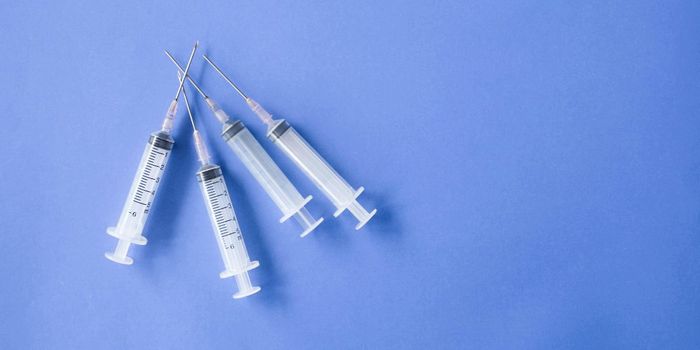Scientists are constantly trying to pinpoint the causation behind children who develop autism, often looking to genetics and maternal health. New findings from a research study published in
Science this week suggest maternal inflammation from serious infections during pregnancy could be a source of causation.
From the University of Massachusetts Medical School (MIT), the University of Colorado, and New York University Langone Medical Center, a team of scientists investigated the role of T helper 17 (Th17) immune cells in the early development of autism. These lymphocytes produce interleukin-17 (IL-17), a pro-inflammatory cytokine (
Emerging Microbes and Infection).
The team started with Th17, which is activated by IL-6, because of the 2010 discovery of a connection between IL-6, maternal infection, and autism in rodent subjects. Working with mice, the team of scientists stimulated infection in pregnant mothers by injecting a synthetic analog of double-stranded RNA, a technique that activates the immune system as if it were being attacked by a virus. In addition to seeing autism-like behaviors in the offspring of the experimental mice, they saw “patches of irregular structure” in certain cortical regions of the brain. The irregularity was constant in specific locations, cortical regions primarily associated with cognition and sensory processing.
In the next step, scientists continued to activate the immune system of the mice with the RNA analog, but they disabled Th17 cells first. This seemed to do the trick because the offspring of these mice did not show any autism-like behaviors.
“[Disabling Th17] could ameliorate some of the behavioral symptoms that were observed in the offspring,” said Gloria Choi, PhD, with MIT. “However, we don't know yet how much of that could be translated into humans.”
The same pattern of irregular cortical regions has been found in the brains of humans with autism, but Choi and his team are still not positive they can assume causation between the irregularities and the development of autism, especially since autism spectrum disorders have long-time been known to have a complicated connection to numerous genetic factors.
“If [the irregularities are] responsible, what is being dysregulated within this patch to produce this behavior?" Choi asked.
Future studies from this group could utilize the disabling of Th17 and/or blocking of IL-17 in prevention of autism. Plus, they also plan on exploring genetic causation for maternal vulnerability to severe inflammation during pregnancy as a connection to autism.
Source:
Massachusetts Institute of Technology









